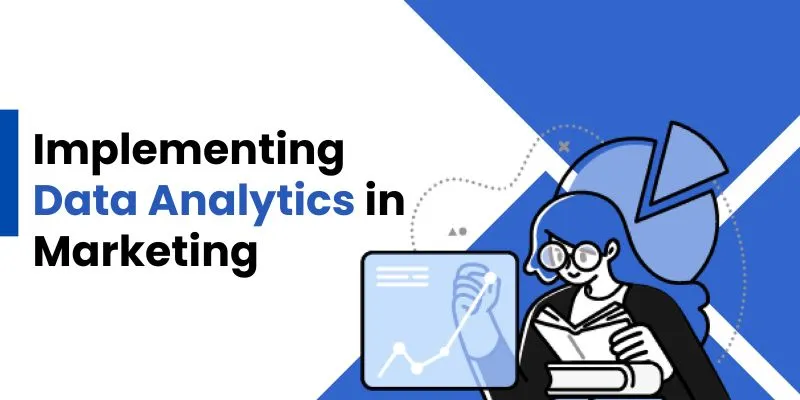In today’s data-driven world, marketing strategies are no longer based on mere intuition or guesswork. Data analytics has revolutionized how businesses understand and engage with their customers. By leveraging data analytics, marketers can make informed decisions, optimize campaigns, and drive better results. This blog will explore how to Implementing Data Analytics in Marketing, providing a roadmap for businesses looking to harness the power of data. Unlock your Data Analytics potential! Embark on a data science journey with our Data Analytics Course in Chennai. Join now for hands-on learning and expert guidance at FITA Academy.
Understanding Your Objectives
Before diving into data analytics, it is crucial to define your marketing objectives. What are you aiming to achieve? Whether it’s increasing brand awareness, boosting sales, or enhancing customer loyalty, having clear goals will guide your data analytics efforts. Start by identifying keys performance indicators (KPIs) that align with your objectives. These KPIs will serve as benchmarks to measures the success of your marketing campaigns.
Implementing Data Analytics in Marketing
Collecting Relevant Data
Data Cleaning and Preparation
Raw data is often messy and requires cleaning before it can be analyzed. Data cleaning involves removing duplicates, correcting errors, and dealing with missing values. This step is critical as inaccurate data can lead to misleading insights. Data preparation also includes normalizing data formats and ensuring consistency across different data sources. Investing time in data cleaning and preparation will pay off in the accuracy and reliability of your analytics.
Read more: Top Data Analytics Tools for Marketing Professionals
Analyzing Data for Insights
Once your data is clean and prepared, the next step is to analyze it to uncover valuable insights. There are various analytical techniques you can use, depending on your goals. Descriptive analytics will help you understand past performance, while predictive analytics can forecast future trends. Tools like SQL, Python, and R can be used for more advanced analysis. Additionally, visualization tools like Tableau and Power BI can help present data in a visually appealing and understandable format. Learn all the Data Analytics techniques and become a data Analyst. Enroll in our Data Analytics Courses in Coimbatore.
Read more: What Role Does Machine Learning Play in Data Science?
Personalizing Marketing Campaigns
One of the biggest advantages of data analytics in marketing is the ability to personalize campaigns. By analyzing customers data, you can segment your audience based on demographics, behavior, and preferences. This segmentations allows you to tailor your messaging and offers to different customer groups, increasing the relevance and effectiveness of your campaigns. Personalized marketings not only enhances customer experience but also drives higher engagement and conversion rates.
Optimizing Campaign Performance
Measuring ROI and Adjusting Strategies
One of the ultimate goals of implementing data analytics in marketing is to measure the return on investment (ROI). By tracking the performance of your campaigns against your KPIs, you can determines the effectiveness of your marketing efforts. If certain strategies are not deliverings the expected results, use data insights to pivot and adjust your approach. Continuous measurement and adjustment ensure that your marketing strategies remain agile and aligned with your business objectives. Also, check out the Training Institute in Bangalore.
Implementing data analytics in marketing strategies is no longer a luxury but a necessity in today’s competitive landscape. By understanding your objectives, collecting and preparing relevant data, analyzing it for insights, personalizing campaigns, optimizing performance, and measuring ROI, you can leverage data analytics to drive impactful marketing results. Embrace the power of data, and transform your marketing strategies into a powerhouse of informed decision-making and success. Explore the top-notch Advanced Training Institute in Chennai. Unlock coding excellence with expert guidance and hands-on learning experiences.
Read more: RPA Interview Questions and Answers

